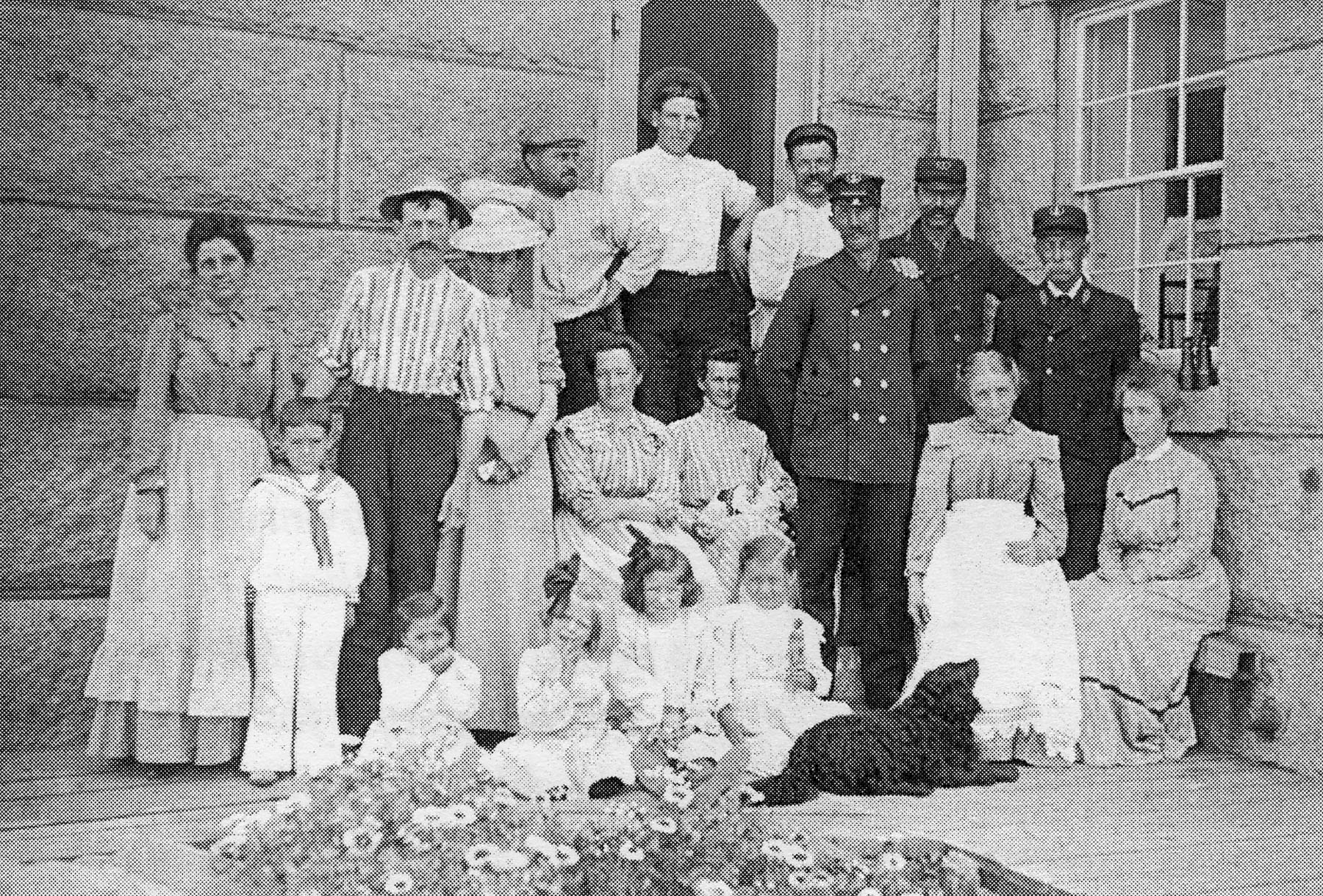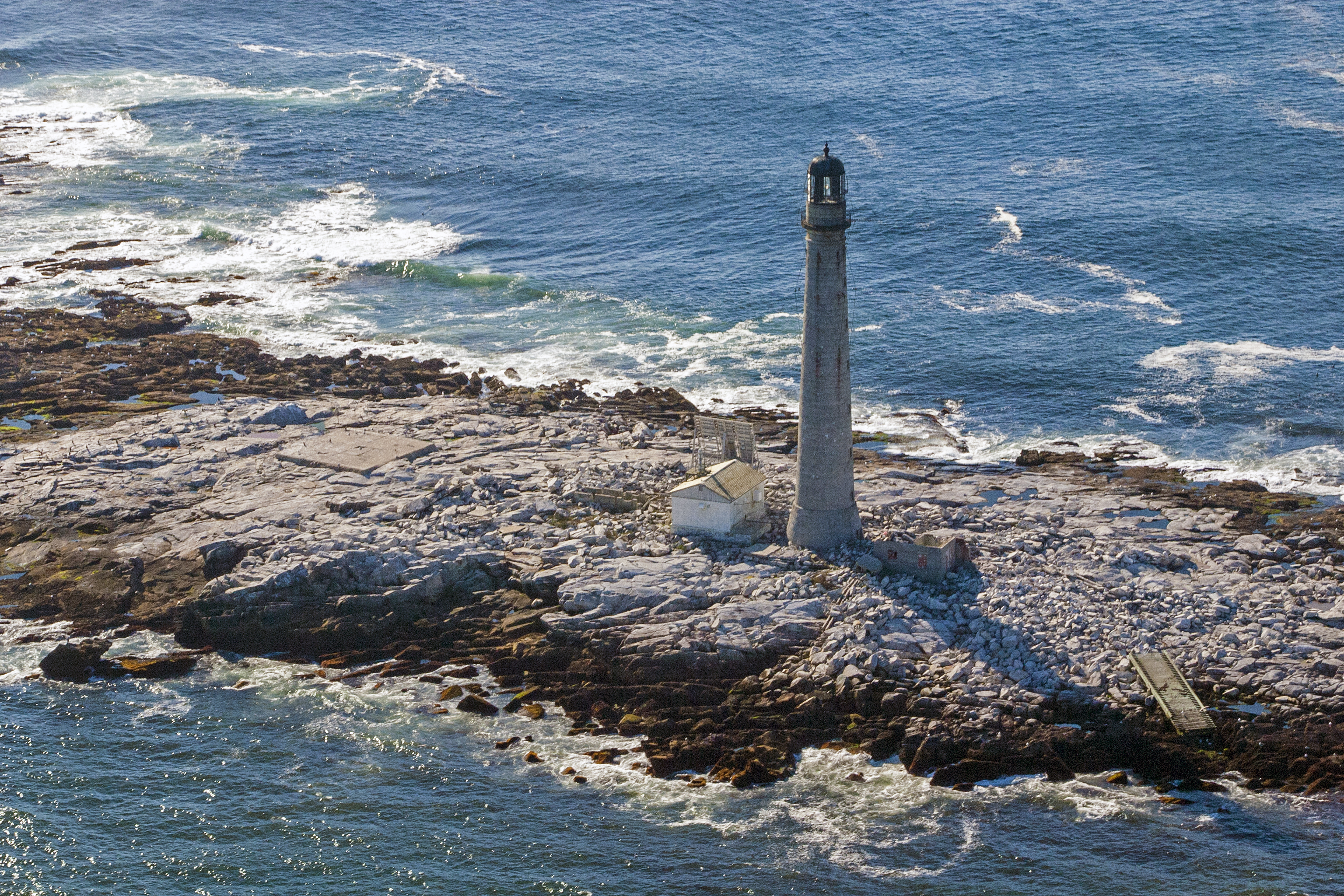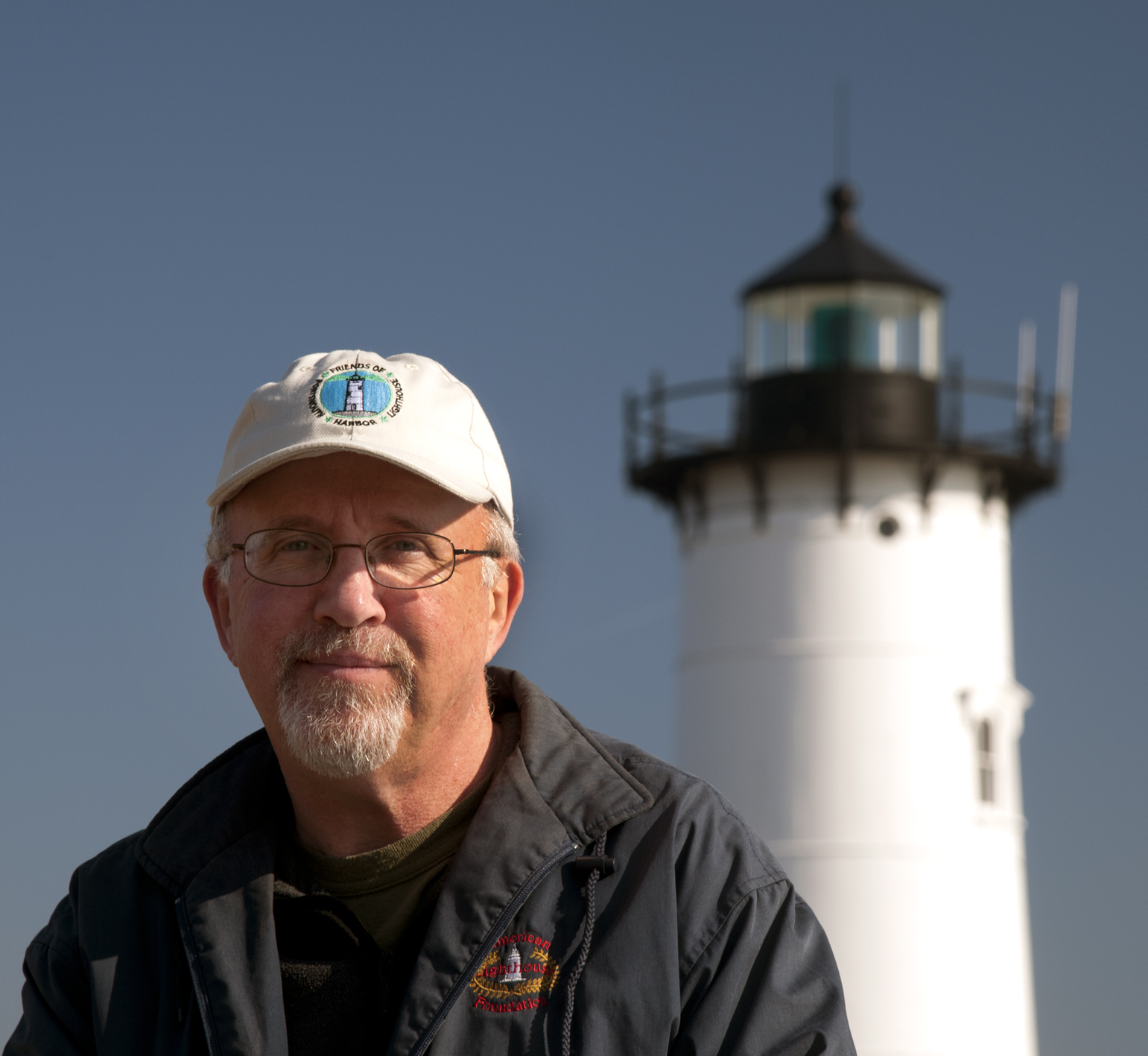When last we met I was telling you about Keeper William C. Williams, the longtime keeper of bleak and isolated Boon Island Lighthouse off the southern Maine coast.

Getting on and off the island was hard enough in calm conditions, but frequently a risky proposition when the seas grew heavy. On one occasion in April 1890, Williams and his wife, with two workmen, set out for Portsmouth in a sailboat. The vessel was overturned by a sudden squall near Gerrish Island in Kittery. The four passengers managed to cling to the boat until a schooner from Rockland rescued them. Not long after that, the government mercifully made Boon Island a “stag station,” meaning the male keepers were the only residents much of the year. The families still spent much of the summer on the island.
In an attempt to brighten up the island in summer, Williams brought barrels and boxes of soil out from the mainland every spring so that the families could enjoy a small flower garden during the summer. With the next winter’s gales, the soil would always be washed away. “I did not care so much about it myself, “ Williams said later, “but it was hard for the children who passed the vacation months and were so interested in seeing flowers in bloom.”

The keeper’s son, Charles, served as an assistant keeper for the better part of a decade. During a shore visit in December 1900, Charles Williams described a storm that had swept the island a few days earlier. He had stood watch through the night in the tower, and he said that it seemed that the tower would topple over. The lighthouse shook, he said, with such violence that his teeth chattered involuntarily.
One of William C. Williams’s grandchildren, Mary Luther Lewis, later wrote an article about life on Boon Island. The keepers took turns keeping watch, she recalled, with rotating shifts. As a girl, Mary loved to roller-skate on the island’s boardwalks. Summer visitors from York were frequent, and her grandmother often made fish chowder for them. The family liked to sit on the rocks outside to eat their lunch, which typically consisted of lobsters and lemonade.
Mary Luther Lewis’s daughter, Eunice Lewis Evans, later wrote down some of the stories passed to her by her mother. Chores assigned to the children included dusting and polishing the brass in the house, picking caterpillars from the flowers, and killing flies. (They were paid a penny per caterpillar or fly.) Keeper Williams had a lobster trap for each of his grandchildren, and the money made from the catch was added to their bank accounts. There would be an evening church service, and everyone was in bed by 8:00 p.m. to be ready to start the next day at 5:00 a.m.
When Robert Thayer Sterling wrote about William C. Williams in Kittery after his retirement, he observed, “To walk about his front yard without risk of being washed into the sea is a pleasure, and with that comes contentment.” Williams, one of the best-known lighthouse keepers in Maine, died in 1939 at the age of 93.

Submitted by Jeremy D’Entremont, April 1, 2018.

Jeremy D’Entremont is the author of more than 20 books and hundreds of articles on lighthouses and maritime history. He is the president and historian for the American Lighthouse Foundation and founder of Friends of Portsmouth Harbor Lighthouses, and he has lectured and narrated cruises throughout the Northeast and in other regions. He is also the producer and host of the U.S. Lighthouse Society podcast, “Light Hearted.” He can be emailed at Jeremy@uslhs.org

